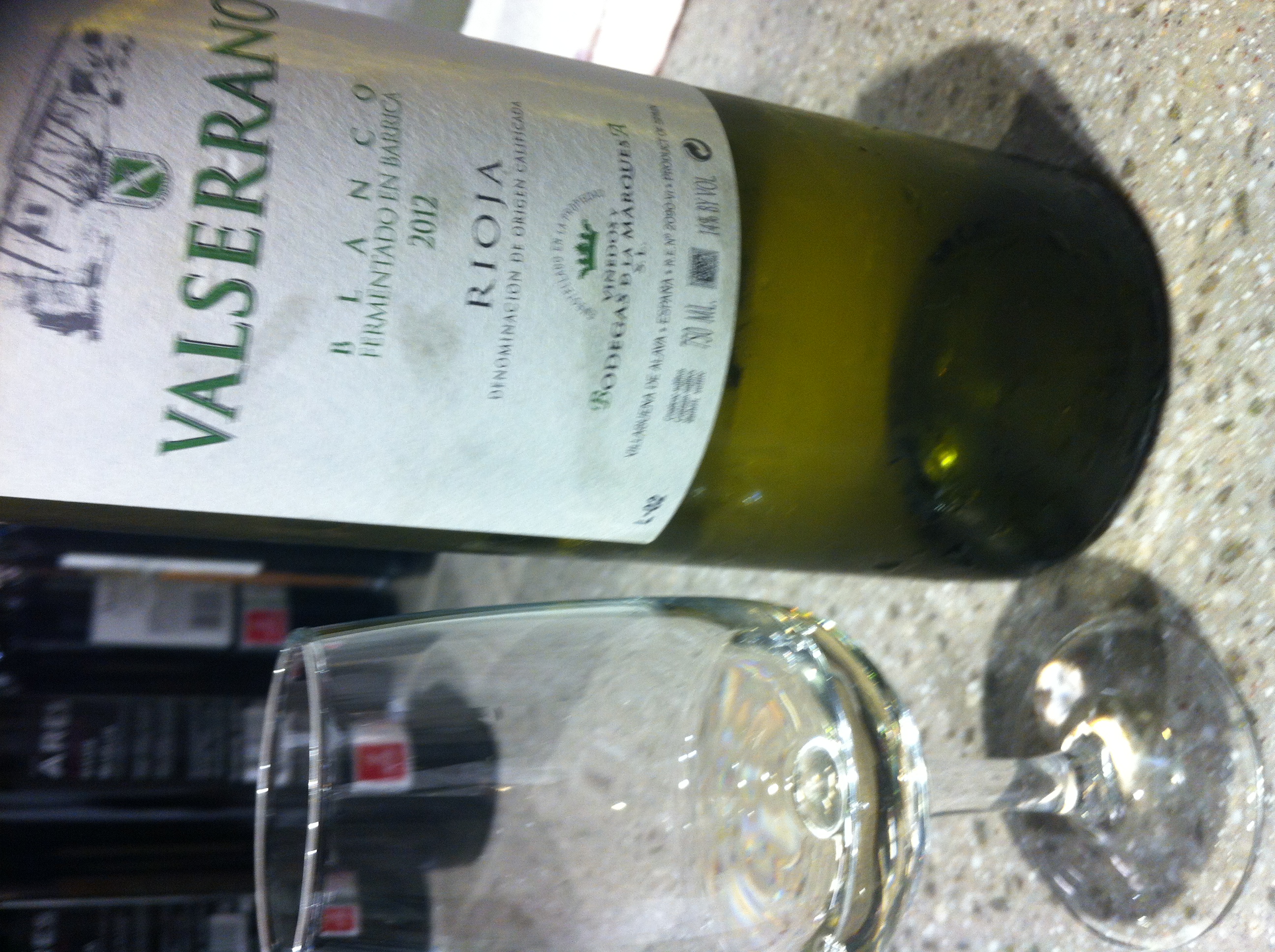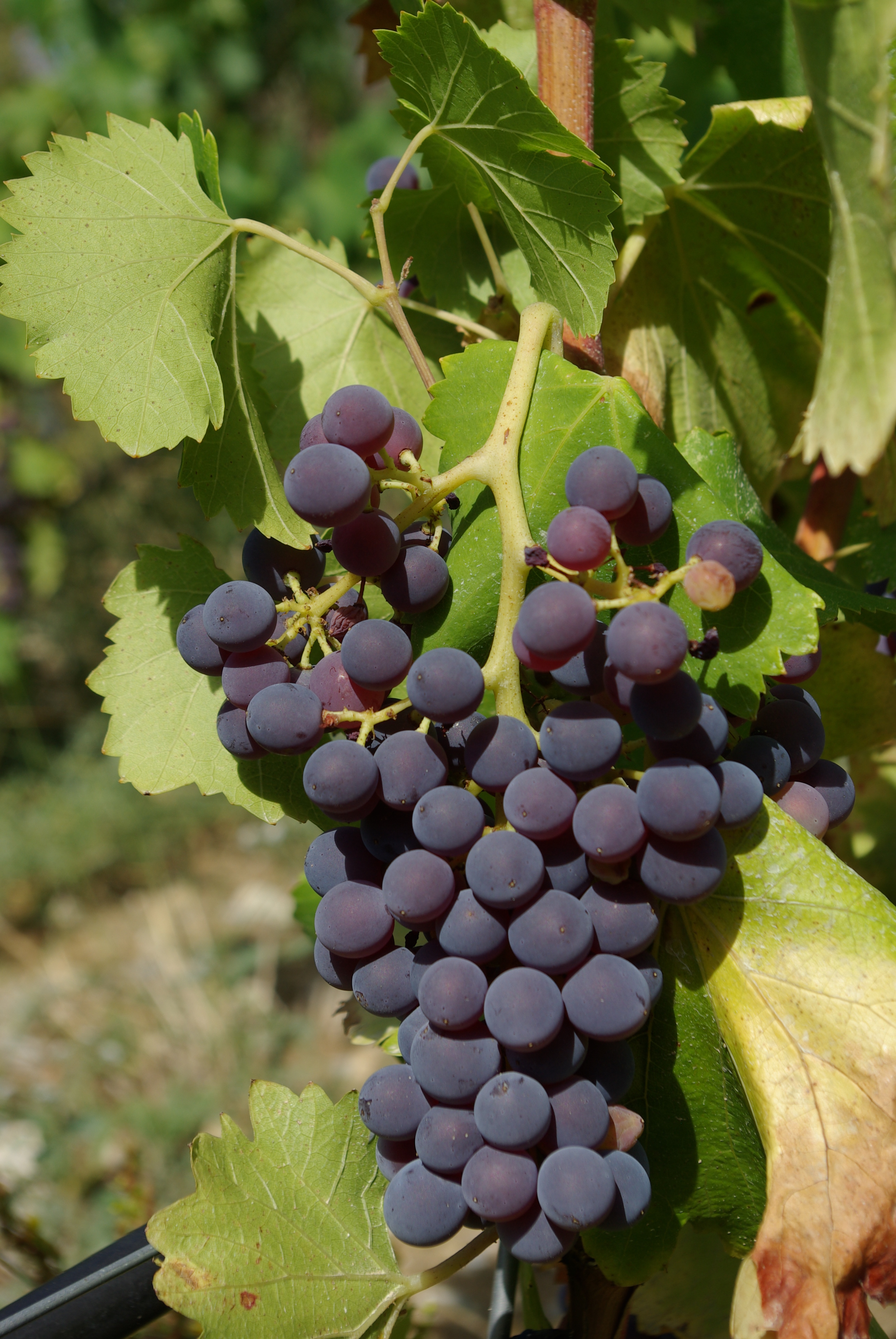|
Desierto De Almería
Desierto de Almería is a Spanish geographical indication for Vino de la Tierra wines located in the autonomous region of Andalusia. ''Vino de la Tierra'' is one step below the mainstream Denominación de Origen indication on the Spanish wine quality ladder. The area covered by this geographical indication comprises the following municipalities: Alcudia de Monteagud, Benitagla, Benizalón, Castro de Filabres, Lubrín, Lucainena de las Torres, Olula de Castro, Senés, Sorbas, Tabernas, Tahal, Turrillas, Uleila del Campo and Velefique, in the province of Almería (Andalusia, Spain). It acquired its ''Vino de la Tierra'' status in 2003. Ministerio de Agricultura, Pesca y Alimentación. In Spanish Grape varieties * Red: Garnacha tinta, Monastrell, Syrah, Cabernet Sauvignon and Merlot * White: Chardonnay, Moscatel, Macabeo and Sauvignon blanc is a green-skinned grape variety that originates from the Bordeaux region of France. The grape most likely gets its name from ... [...More Info...] [...Related Items...] OR: [Wikipedia] [Google] [Baidu] |
Province Of Almería
Almería (, also , ) is a province of the autonomous community of Andalusia, Spain. It is bordered by the provinces of Granada, Murcia, and the Mediterranean Sea. Its capital is the homonymous city of Almería. Almería has an area of . With 701,688 (2014) inhabitants, its population density is 79.96/km2, slightly lower than the Spanish average. It is divided into 103 municipalities. Geography The highest mountain range in the Province of Almería is the long Sierra de Los Filabres. Europe's driest area is found in Almería and is part of the Cabo de Gata-Níjar Natural Park. The arid landscape and climate of the province have made it an ideal setting for Western films, especially during the 1960s. Because of the demand for these locations, quite a number of Western towns were built near the Tabernas Desert. Films such as ''A Fistful of Dollars'', '' For a Few Dollars More'', and ''The Good, The Bad, and The Ugly'' were shot here. Years later, the film of ''800 Bullets'' was f ... [...More Info...] [...Related Items...] OR: [Wikipedia] [Google] [Baidu] |
Tahal (Spanish Municipality)
Tahal () is a municipality of Almería province, in the autonomous community of Andalusia Andalusia (, ; es, Andalucía ) is the southernmost autonomous community in Peninsular Spain. It is the most populous and the second-largest autonomous community in the country. It is officially recognised as a "historical nationality". The t ..., Spain. Demographics References External links *Tahal- Sistema de Información Multiterritorial de Andalucía *- Diputación Provincial de Almería Municipalities in the Province of Almería {{Almería-geo-stub ... [...More Info...] [...Related Items...] OR: [Wikipedia] [Google] [Baidu] |
Wine Regions Of Spain
Wine is an alcoholic drink typically made from fermented grapes. Yeast consumes the sugar in the grapes and converts it to ethanol and carbon dioxide, releasing heat in the process. Different varieties of grapes and strains of yeasts are major factors in different styles of wine. These differences result from the complex interactions between the biochemical development of the grape, the reactions involved in fermentation, the grape's growing environment (terroir), and the wine production process. Many countries enact legal appellations intended to define styles and qualities of wine. These typically restrict the geographical origin and permitted varieties of grapes, as well as other aspects of wine production. Wines not made from grapes involve fermentation of other crops including rice wine and other fruit wines such as plum, cherry, pomegranate, currant and elderberry. Wine has been produced for thousands of years. The earliest evidence of wine is from the Caucasus region ... [...More Info...] [...Related Items...] OR: [Wikipedia] [Google] [Baidu] |
Sauvignon Blanc
is a green-skinned grape variety that originates from the Bordeaux region of France. The grape most likely gets its name from the French words ''sauvage'' ("wild") and ''blanc'' ("white") due to its early origins as an indigenous grape in South West France. It is possibly a descendant of Savagnin. is planted in many of the world's wine regions, producing a crisp, dry, and refreshing white varietal wine. The grape is also a component of the famous dessert wines from Sauternes and Barsac. Sauvignon blanc is widely cultivated in France, Chile, Romania, Canada, Australia, New Zealand, South Africa, Bulgaria, the states of Oregon, Washington, and California in the US. Some New World Sauvignon blancs, particularly from California, may also be called "Fumé Blanc", a marketing term coined by Robert Mondavi in reference to Pouilly-Fumé. Depending on the climate, the flavor can range from aggressively grassy to sweetly tropical. In cooler climates, the grape has a tendency to pr ... [...More Info...] [...Related Items...] OR: [Wikipedia] [Google] [Baidu] |
Macabeo
Macabeo, also called Viura or Macabeu (, ), is a white variety of wine grape. It is widely grown in the Rioja region of northeastern Spain, the Cava producing areas south of Barcelona, and the Languedoc-Roussillon region of France. Spanish plantations stood at nearly in 2015, making it the second most grown white grape variety in Spain. In France, plantations accounted for in 2007. Since 2009, some Macabeo is grown in Israel. Styles and winemaking  The grape is mostly used to make mildly acidic and young white wines mostly suitable for early co ...
The grape is mostly used to make mildly acidic and young white wines mostly suitable for early co ...
[...More Info...] [...Related Items...] OR: [Wikipedia] [Google] [Baidu] |
Moscatel
Muscatel ( ) is a type of wine made from muscat grapes. The term is now normally used in the United States to refer to a fortified wine made from these grapes rather than just any wine made from these grapes. This fortified muscatel became popular in the United States when, at the end of prohibition, in order to meet the large demand for wine, some poor strains of muscat grapes (used normally for table grapes or raisins) mixed with sugar and cheap brandy were used to produce what has since become infamous as a wino wine. This kind of fortified wine has, in the United States, damaged the reputation of all muscat-based wines and the term muscatel tends no longer to be used for these "better" wines in the United States. In other markets the term Muscatel, or Moscatel, refers to a wide range of sweet wines based on these grapes. In 16th-century Germany elderflower infused ''Salvia sclarea'' was added to Rhine wines to make a more potent varietal that was called "Muscatel", giving ... [...More Info...] [...Related Items...] OR: [Wikipedia] [Google] [Baidu] |
Chardonnay
Chardonnay (, , ) is a green-skinned grape variety used in the production of white wine. The variety originated in the Burgundy wine region of eastern French wine, France, but is now grown wherever wine is produced, from English wine, England to New Zealand wine, New Zealand. For new and developing wine regions, growing Chardonnay is seen as a 'rite of passage' and an easy entry into the international wine market. The Chardonnay grape itself is neutral, with many of the flavors commonly associated with the wine being derived from such influences as ''terroir'' and oak (wine), oak.Robinson, 2006, pp. 154–56. It is vinified in many different styles, from the lean, crisply mineral wines of Chablis, France, to New World wines with oak and tropical fruit flavors. In cool climates (such as Chablis and the Carneros AVA of California (wine), California), Chardonnay wine tends to be medium to light body with noticeable acidity (wine), acidity and flavors of green plum, apple, and pe ... [...More Info...] [...Related Items...] OR: [Wikipedia] [Google] [Baidu] |
Merlot
Merlot is a dark blue–colored wine grape variety, that is used as both a blending grape and for varietal wines. The name ''Merlot'' is thought to be a diminutive of ''merle'', the French name for the blackbird, probably a reference to the color of the grape. Its softness and "fleshiness," combined with its earlier ripening, make Merlot a popular grape for blending with the sterner, later-ripening Cabernet Sauvignon, which tends to be higher in tannin. Along with Cabernet Sauvignon, Cabernet Franc, Malbec and Petit Verdot, Merlot is one of the primary grapes used in Bordeaux wine, and it is the most widely planted grape in the Bordeaux wine regions. Merlot is also one of the most popular red wine varietals in many markets. This flexibility has helped to make it one of the world's most planted grape varieties. As of 2004, Merlot was estimated to be the third most grown variety at globally.J. Robinson (ed) ''The Oxford Companion to Wine'' Third Edition, Oxford University Pre ... [...More Info...] [...Related Items...] OR: [Wikipedia] [Google] [Baidu] |
Cabernet Sauvignon
Cabernet Sauvignon () is one of the world's most widely recognized red wine grape varieties. It is grown in nearly every major wine producing country among a diverse spectrum of climates from Australia and British Columbia, Canada to Lebanon's Beqaa Valley. Cabernet Sauvignon became internationally recognized through its prominence in Bordeaux wines, where it is often blended with Merlot and Cabernet Franc. From France and Spain, the grape spread across Europe and to the New World where it found new homes in places like California's Santa Cruz Mountains, Paso Robles, Napa Valley, New Zealand's Hawke's Bay, South Africa's Stellenbosch region, Australia's Margaret River, McLaren Vale and Coonawarra regions, and Chile's Maipo Valley and Colchagua. For most of the 20th century, it was the world's most widely planted premium red wine grape until it was surpassed by Merlot in the 1990s. However, by 2015, Cabernet Sauvignon had once again become the most widely planted wine gra ... [...More Info...] [...Related Items...] OR: [Wikipedia] [Google] [Baidu] |
Syrah
Syrah (), also known as Shiraz, is a dark-skinned grape variety grown throughout the world and used primarily to produce red wine. In 1999, Syrah was found to be the offspring of two obscure grapes from southeastern France, Dureza and Mondeuse Blanche. Syrah should not be confused with Petite Sirah, a cross of Syrah with Peloursin dating from 1880. The style and flavor profile of wines made from Syrah are influenced by the climate where the grapes are grown. In moderate climates (such as the northern Rhone Valley and parts of the Walla Walla AVA in Washington State), they tend to produce medium to full-bodied wines with medium-plus to high levels of tannins and notes of blackberry, mint and black pepper. In hot climates (such as Crete, and the Barossa Valley and McLaren Vale regions of Australia), Syrah is more consistently full-bodied with softer tannin, jammier fruit and spice notes of licorice, anise and earthy leather. In many regions the acidity and tannin levels of Syra ... [...More Info...] [...Related Items...] OR: [Wikipedia] [Google] [Baidu] |
Garnacha Tinta
Grenache () or Garnacha () is one of the most widely planted red wine grape varieties in the world. Niels Lillelund: ''Rhône-Vinene'' p. 25, JP Bøger – JP/Politikens Forlagshus A/S, 2004. . It ripens late, so it needs hot, dry conditions such as those found in Spain, where the grape most likely originated. It is also grown in the Italian island of Sardinia, the south of France, Australia, and California's Monterey AVA and San Joaquin Valley. It is generally spicy, berry-flavored and soft on the palate and produces wine with a relatively high alcohol content, but it needs careful control of yields for best results. Characteristic flavor profiles on Grenache include red fruit flavors (raspberry and strawberry) with a subtle, white pepper spice note. Grenache wines are highly prone to oxidation, with even young examples having the potential to show browning (or "bricking") coloration that can be noticed around the rim when evaluating the wine at an angle in the glass. As ... [...More Info...] [...Related Items...] OR: [Wikipedia] [Google] [Baidu] |






